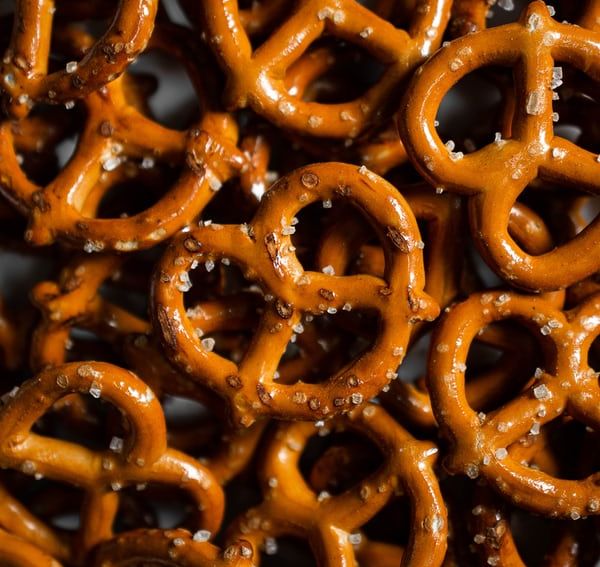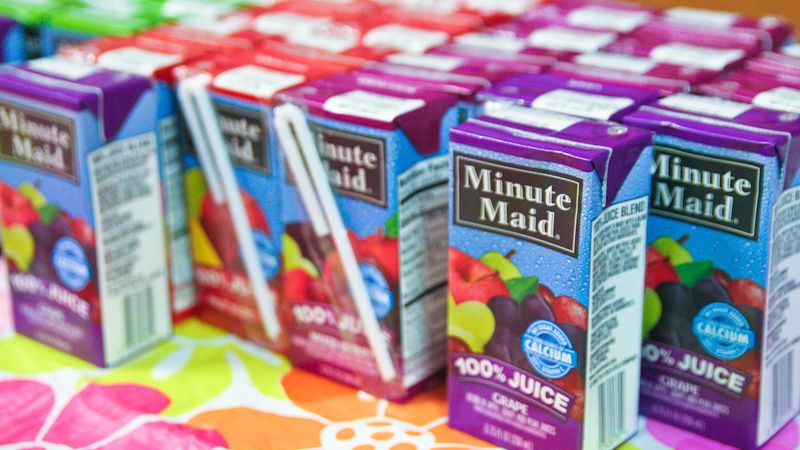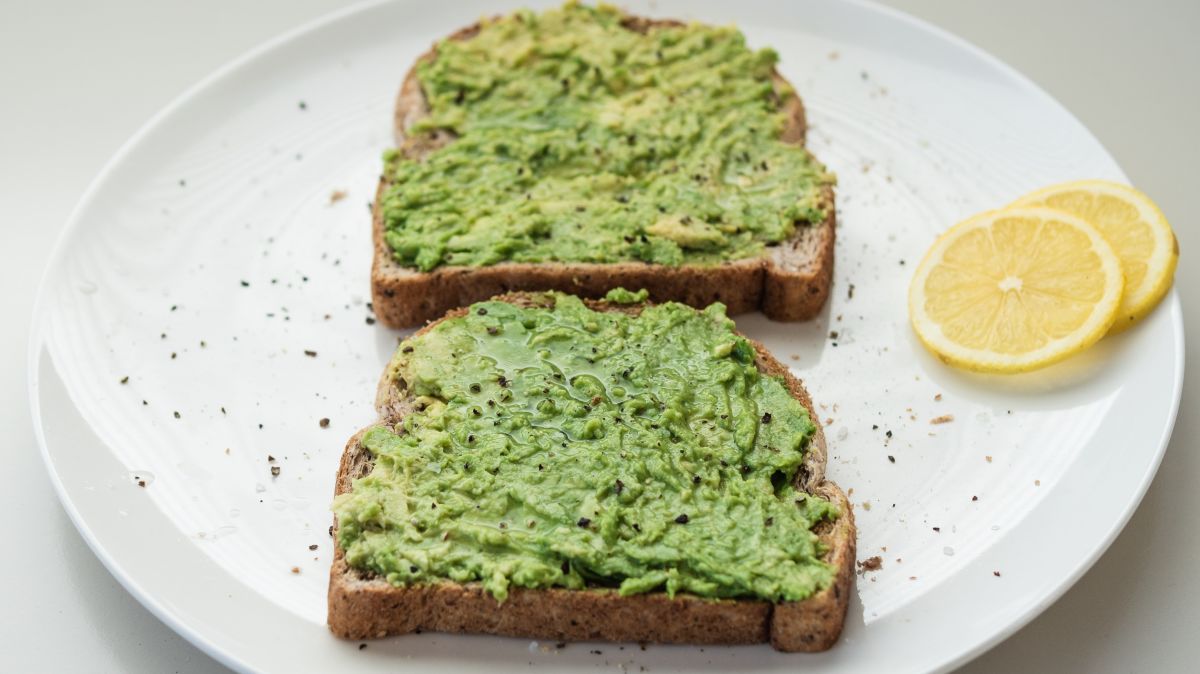Eating during Labor

Common since the 1940s, most hospitals around the United States have a standard policy of fasting (no eating) during labor. Clear liquids are usually allowed; many women may also receive intravenous fluids.
However, there is a strong lack of evidence that fasting during labor helps prevent complications. In fact, research appears to show that fasting itself can cause complications and a lack of dietary sustenance, especially in lengthy labors, may stress and exhaust women during labor.
Therefore, some health care facilities and practices have begun allowing women to eat small snacks while in labor. Women need to inquire whether their HCP or facility in which they intend to deliver allows women to eat during labor, or after admission.
Note: Women who have planned and scheduled cesarean sections will need to follow different fasting rules, which they will receive from their HCP.
Background
For decades, women have been advised to avoid eating and drinking during labor, with only ice chips allowed for the better part of labor and delivery. This policy has relaxed recently in a lot of health care facilities (HCF), but still exists in many others, especially in the United States (U.S.).
Concern over food in the gastrointestinal (GI) tract during labor is one of the main drivers of this fasting rule, leading to a “clear liquids only” policy. "Clear liquids" is somewhat of a misnomer, but it usually allows for water, fruit juices without pulp, carbonated beverages, clear tea, black coffee, and/or sports drinks.

Prior Thought
Fasting during labor became standard policy in the U.S. after a study in the 1940s suggested that pulmonary aspiration (food solids trapped in the airways) during general anesthesia was an avoidable risk if fasting was done prior to a procedure. However, this rule is outdated; not only has general anesthesia become safer in the last 80 years, but it is also rarely used during labor and delivery.
Further, concerns that were highlighted had more to do with difficulty in intubation itself, not just aspiration related to consumed food. It is well known pregnant woman are harder to intubate than non-pregnant woman. Pregnant women have an estimated failed intubation rate that is eight times higher than the general population. This difficulty is thought to be due increased breast size, fluid buildup, and/or soft tissue changes, not food intake.
Aspiration Risk
Regardless of the above, aspiration is still a concern in most HCFs. Woman who aspirate can develop respiratory distress immediately or several hours after aspiration. Aspiration of a large amount of solid food can block the airway, while smaller amounts can lead to respiratory infection.
However, the incidence of maternal death due to aspiration has dramatically decreased, and is, overall, very low.
In a study of maternal deaths in the U.S. from 2011 to 2013, only 3 of 2,009 deaths were due to anesthesia complications, or 0.2%. (It is unclear, however, if those 3 deaths were due to aspiration or another anesthesia-related cause.)
Another estimate indicated that as of 2011, approximately five deaths per one million live births are attributed to anesthesia (0.0005%), however, it is also unclear how many of these deaths were due to aspiration.
Regarding aspiration specifically, there was only one case of maternal death between 2005 and 2013 in the U.S., which involved a woman with several underlying conditions. Additionally, between the years of 2000 and 2005, no aspiration related deaths were reported in the United Kingdom.
Some research even indicates that aspiration among healthy patients may actually be nonexistent.
Risks and Benefits of Eating During Labor
A study published in February 2022 showed that gastric emptying time in pregnant women in labor after a light meal (plain yogurt) was 1.5 to 4 times slower than non-pregnant women and pregnant women (not in labor). This delay was even slower in women who did NOT get an epidural, as epidural anesthesia seemed to speed up gastric emptying in comparison to those who did not receive an epidural (the slower rate is theorized to be as a result of the level of pain experienced).
The authors recommended "that a solid light meal could probably be allowed in uncomplicated laboring women with labor epidural and low foreseeable risk for operative delivery [cesarean] within at least the next 2 hours; likewise, a solid light meal could probably be allowed in women without epidural labor analgesia at the start of labor who are at low estimated risk of receiving general anesthesia [during cesarean] within at least the next 4 hours."

However, overall, there appears to be a lack of evidence regarding the relationship between fasting times and the risk of vomiting, reflux, or pulmonary aspiration during labor; currently, the risk of aspiration is considered very, very low.
Fasting has not been shown to be a worthwhile technique to prevent aspiration since the publication of the original study in the 1940s.
There is also no high-quality evidence to determine how much time is necessary after eating before the risk of vomiting or reflux during intubation is mitigated (this risk of reflux is why women who are scheduled for a cesarean section take an acid reducing medication prior to the surgery).
Further, aspiration rate has not increased even in women who require emergency cesarean sections and did not fast beforehand. Finally, the increasing rate at which women are eating during labor has also not increased the rate of general complications, to include nausea or vomiting.

Additional research indicates that eating a light meal during labor and delivery is actually beneficial, and therefore the ability to eat something outweighs any potential perceived risk of aspiration, especially in women with very long labors. Labor and delivery are physical forms of exercise that require a vast amount of extra calories, and some research compares the caloric needs of women in labor to marathon runners.
Therefore, restricting food could actually do more harm than good by causing the mother stress or exhaustion which could lead to otherwise avoidable interventions.
The World Health Organization recommends that healthcare providers should not prevent women from eating during labor and delivery if the woman feels she needs to eat, especially in a healthy, uncomplicated pregnancy.
The American College of Obstetricians and Gynecologists and the American Society of Anesthesiologists endorse clear liquids during labor, but as of August 2020, still suggest that solid food should be avoided in laboring women.
Planned Cesarean Section
Women undergoing a planned cesarean section are usually advised to stop eating about 6 to 8 hours prior to the surgery and to stop drinking fluids about 2 hours before. Some women may also be asked to take a stomach acid-reducing medication the night before. Read more here.
Action
Women need to talk to their HCP as well as the staff at the facility they intend to deliver about their fasting policies during labor and delivery. Women who start laboring at home should be able to eat until hospital admission (or active labor).
However, women with specific risk factors for aspiration (obesity, diabetes, airway problems) or women at increased risk for surgical intervention may require additional restrictions. Women need to discuss their risk factors and/or concerns with their HCP prior to labor.
If the facility has guidelines that permit eating, a light meal could include dry cereal, fruit, light soups, toast, light sandwiches (avoid large slices of meat), juice, or water.

Resources
Most healthy women would benefit from light meal during labor (American Society of Anesthesiologists, 2015)